When customers feel appreciated, companies gain measurable benefits – including the chance to win more of their customers’ spending dollars.
In the U.S., even when people love a company or product, 59% will walk away after several bad experiences, 17% after just one bad experience. 32% of all customers would stop doing business with a brand they loved after one bad experience. In Latin America, 49% say they’d walk away from a brand after one bad experience.
CX is the result of every customer’s interaction with your business, from navigating the website to talking to customer service and receiving the product/service they bought from you. Everything you do impacts your customers’ perception and their decision to keep coming back or not – so, a great customer experience is your key to success.
Delivering a great digital customer experience across channels and customer lifecycle stages requires a strong data collection, management, and analysis technology stack. Nearly 80% of American consumers say that speed, convenience, knowledgeable help, and friendly service are the most important elements of a positive customer experience.
When customers’ expectations are met or exceeded, companies gain measurable business benefits – including the chance to win more of their customers’ spending dollars. If you’re in a customer service business, you can prioritize CX by successfully designing and continuously improving it, and this will give you an advantage over the competition.

Customer experience refers to how a business engages with its customers at every point of its buying journey – from marketing to sales to customer service and everywhere in between. In large part, it’s the total of all interactions a customer has with your brand.
CX lies at the intersection of organization and customer. Therefore organizations and customers both create and shape CX. From initial awareness to the present moment. It concerns the before, during, and after a purchase, delivered service, or experience.
CX has become the leading competitive differentiator, so businesses must ensure that their CX strategies deliver personalized, pleasing interactions at every customer touchpoint. These interactions have a cumulative effect on your customers’ overall perception and impression of your brand.
74% of the senior executives state that CX impacts the willingness of a customer to be a loyal brand advocate. If you want your customers to stick around with you, you will have to dig into their experience.
All business models can improve the customer experience:
Delivering a great customer experience is hugely important for any business. The better experience customers have, the more repeat custom and positive reviews you’ll receive while simultaneously reducing the friction of customer complaints and returns.
However, nobody has got the time to sit down and engage with the customers manually – thus, the customer experience software exists. The perception of customers and customer experience has an intense impact on the metrics of a business ranging from customer loyalty and brand equities to cost-saving and increased revenues.
Even though executives know that customers make a lot of difference, they still don’t have a disciplined approach towards customer interactions. For a business to be successful, the business owners must have a serious approach towards defining, implementing, and managing their customer experience. That is where customer experience management software can help you manage your customer experience.
Businesses shouldn’t forget the value of retaining previous and existing customers, especially with the increase in SaaS-based offerings and the competition of e-commerce sales. It’s important to explore the benefits of customer experience management tactics and increase profits from brand loyalty.
To improve CX effectively and successfully, the entire organization needs to understand and believe in the enormous impact of positive CX. Customer Experience impacts customer satisfaction, customer loyalty, the probability of customers referring your business to their friends, and finally, the likelihood of customers to remain your customers. Indirectly, it also influences your employee experience.
Reducing churn

Competition is increasing in all business verticals, and you would never want to lose your customers to them due to inferior products/service offerings. The only way to understand whether or not they will stick with your brand is by taking their genuine feedback using the software. It will help you improve your offerings and provide an impression that you care for your customers and are willing to make improvements for them. This way, you can reduce customer churn rates.
Higher customer retention

Companies that are quick to resolve issues, reward loyalty, stay in touch, and most importantly, thank their customers will strengthen the positive perception at the root of the overall customer experience. Customer retention leads to more sales and higher lifetime value and an easier way to increase ROI from that initial conversion.
Brands that experience higher brand equity and reduced churn will also experience higher customer retention. High customer retention often correlates to high customer loyalty. A customer may buy from a brand once every few years, but keeping that person as a customer is important.
Reduced costs of service and marketing

When companies have a customer-centric marketing approach, they eliminate a lot of the guesswork related to what customers want. Customer experience management requires CX teams to look at customers in their light, determine what products they bought and what they will purchase next, learn lessons through the sales process and understand why customers are reaching out. Teams can use this data to be more proactive and potentially anticipate the needs of the customer.
Increase in the number of customers or users

To reiterate, the prosumer figure is becoming extremely important. In light of our previous comments about consumers tending to trust the experience of other consumers more than the image the brand conveys, the prosumers are powerful voices and spokespersons; they are the ultimate appeal to authority, allowing you to reach other customers who will choose your services or products.
More Customer Acquisitions With Digital Word-Of-Mouth

The benefit of using customer experience software is that you can expect your customers to do some branding or say good things about your business on social media. All they have to do is leave behind their positive feedback with a word for someone out there in the digital world to go for your business. The rest is managed by the digital media module of the software.
Definite Reduction In Marketing And Service Costs

The customer experience software has the treasure-trove of customer feedback and based on that, you shall be able to design and make a new marketing plan. It makes work easier to plan. While in traditional methods, salespeople keep calling customers and adding products without exactly knowing customer requirements.
In the CX-centric approach, you get the exact idea of what the customers want and plan your product or service application accordingly. The best part of such technological help is that it helps the business from shooting blindly in the dark with random marketing plans. A lot of the budget gets saved there.
Fail to resolve in the first touchpoint
Bad customer service can be defined as when a business fails to meet customer expectations regarding service quality, response time, or overall customer experience. The factors that negatively affect customer service are inefficient support staff, lack of real-time support or inability to understand your customer needs.
Lack of customer service etiquette
Serve your customers with a pleasing smile. The support team must have the right skills and etiquette for handling customer conversations, and it reduces the negative impact of customer support and helps build great success stories.
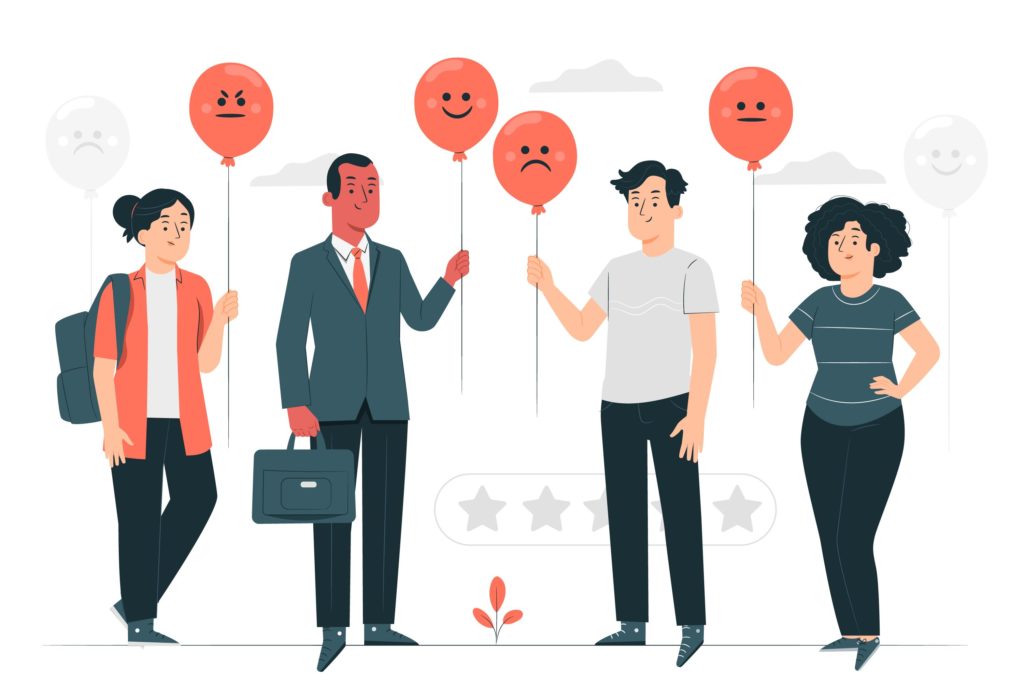
Not taking customer feedback regularly
Have you been bothered to know whether your customers are happy with your service quality, products, or overall brand? If not, you are missing out on a key element that results in setting poor customer service.
Fail to offer real-time support
90% of customers rate “immediate response” as very important when they have queries, and it means the response time of the channels you provide should be reasonable.
Businesses that focus on delivering 24×7 real-time support increases customer satisfaction that drive revenue and build loyalty. Live chat and chatbots are the best communication channels when it comes to delivering real-time support.
The customer experience example of Frontier Airlines shows the importance of CX. The famous airlines miserably failed to fulfill the two core elements of customer service, i.e., compassion and communication. It shows that one instance of worst customer service failure can have serious consequences.
Inefficient customer support team

A dedicated support team is a great pride for any business. Not having a competent team can create the worst customer service examples. If your business is missing out on this factor, it might not offer proactive support, therefore, losing loyal customers and deflecting brand reputation and more customer complaints. This brings out the vitality of roofing a knowledgeable and competent support team.
Not measuring your customer service
Measuring customer service quality is one of the vital aspects of every business. If ignored, it can have a terrible impact on your business. The companies that miss out on measuring customer service fail to gain the benefits. Thus, it negatively impacts your business in achieving complete success in team productivity, customer satisfaction, and retention.
Not using the right tools
One of the important aspects of good customer service is using the right tools. The tools help in reducing the negative impact of support. When you equip your business with the right tools, it can benefit your business.
With features such as online survey management, data analytics, predictive analytics, ticketing, journey mapping, and so on, there are a host of digital CX software platforms available now. Before you jump into deciding a digital CX software that fits your business best, here are a few key considerations or questions you should be able to answer for your brand:
Once you have answered these questions for your business, you will have a clear idea of the service provider and the feature sets you need to look for in the digital customer experience (CX) software platform. To make your hunt a little easier, here are the top 10 digital CX platforms for you to choose from.
Customer experience software stores all the data regarding customers, their interaction with your brand, purchases, surveys, etc., to give you an idea about their journeys from being a visitor to a customer and their satisfaction levels. You can determine which strategy is working or not working and learn which areas need improvement. Here are some of the best ones to ensure an improved customer experience.
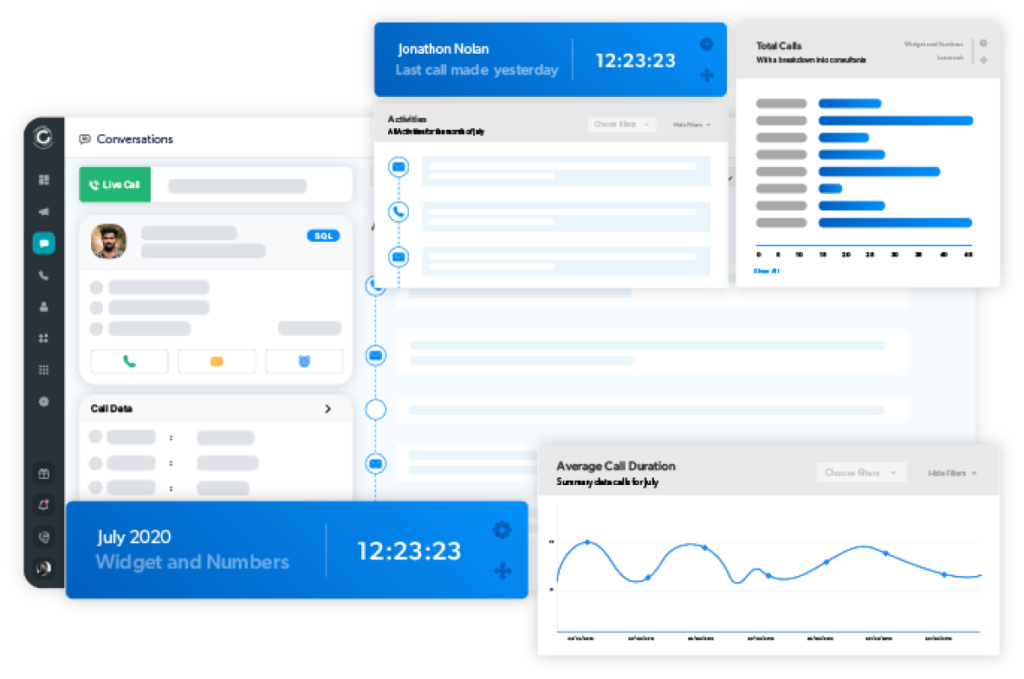
Limecall provides you with the easiest way to connect with prospects and convert them to customers with callback software features. It engages with your prospects in less than 28 seconds and automatically follows up at the right time, 24*7. When you work with Limecall, you work with smart analytics.
You get various insights from the in-house built dashboard, or you may also integrate with others like Google Analytics, etc. It also provides timely performance reports based on daily, weekly, monthly, quarterly, yearly, or ad-hoc frequencies. By integrating LimeCall’s click-to-call with your CRM, your agents can categorize your customers according to their queries so that they can receive prompt and optimum support.
Pricing: starting from $35/month
Rating: 4.6 out of 5
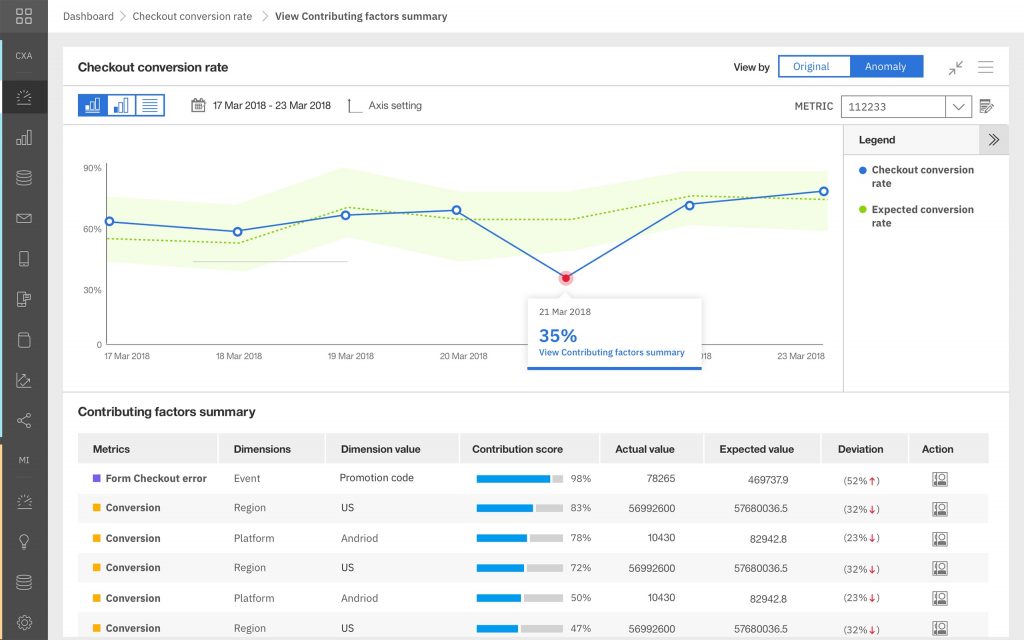
It offers advanced filtering, allowing you to retrieve a specific mobile session based on the device parameters, HTTP, or observed events. It can help you improve customer value by creating behavior-based marketing segments. This AI-powered, cloud-based Customer Experience Management software for enterprises comes with features that let you create dynamic content, connect with customers, improve collaboration, and leverage analytics. It offers both ready-to-use and customizable reports and dashboards.
Pricing: custom pricing
Rating: 4.1 out of 5

OpenText provides a set of integrated customer experience management solutions. It can deliver personalized content and customer engagement. The solution is capable of customer behavior analytics and interactions. It can be deployed on-premises or on-cloud and can be used on any device. It offers web content and customer communications management and lets you automate the forms.
Pricing: custom pricing
Rating: 4.1 out of 5

Satmetrix offers surveys with advanced capabilities, such as segmenting by location, industry, or product. For enterprise clients, it provides a private virtual cloud with enhanced support. It helps you understand the connection between customer behavior and business outcome through automated analytics and even lets you directly publish positive client feedback on social media.
Pricing: custom pricing
Rating: 4.1 out of 5
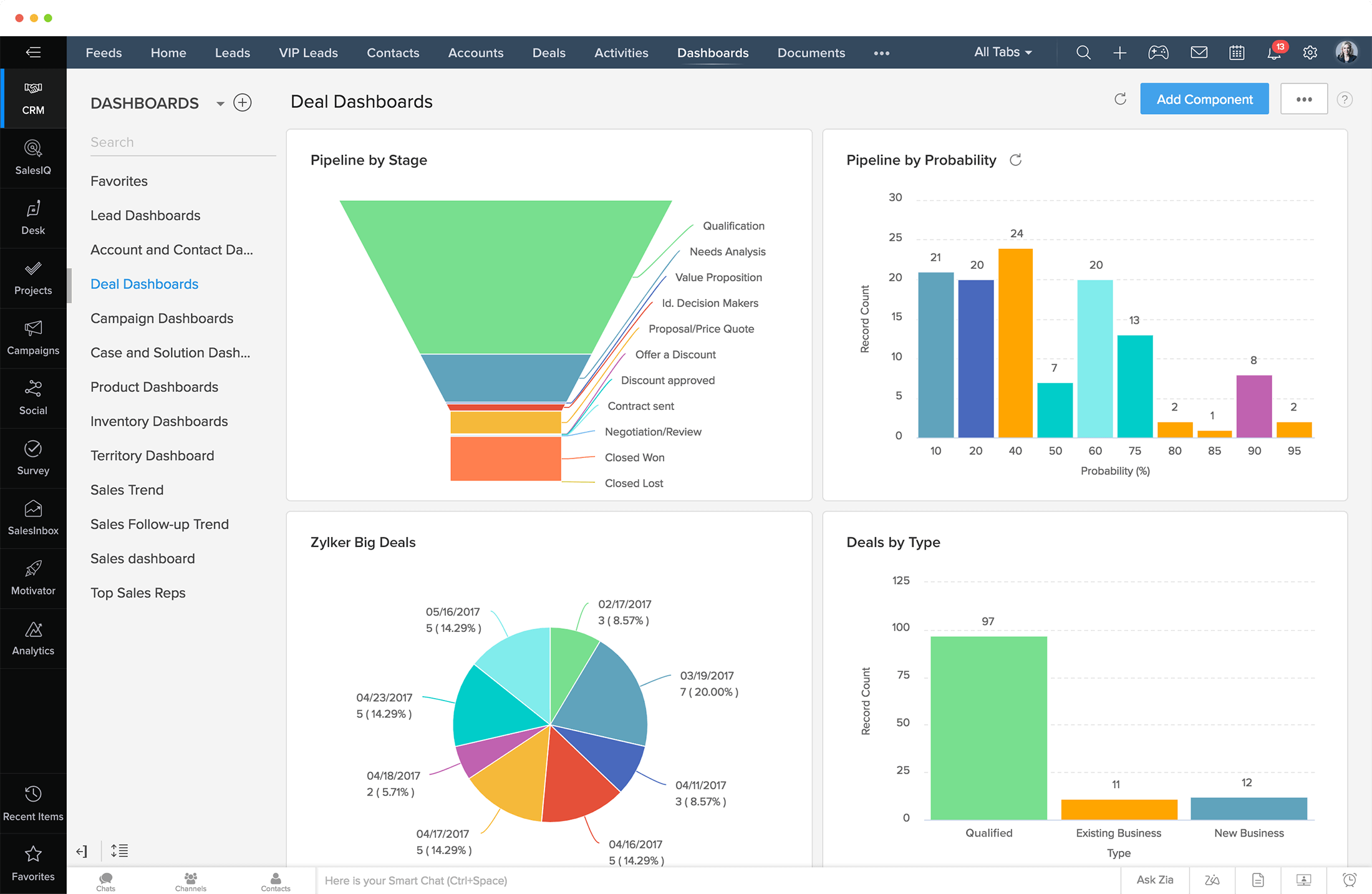
Zoho CRM Plus is a unified platform that helps businesses provide enhanced customer experiences through streamlined administration, omnichannel customer engagement, social media marketing, powerful analytics, built-in AI, intelligent chatbots, and more. It offers other customer experience features such as analytics, customer segmentation, survey management, predictive analytics, sentiment analysis, and more.
Pricing: $57 per user /month
Rating: 4.1 out of 5
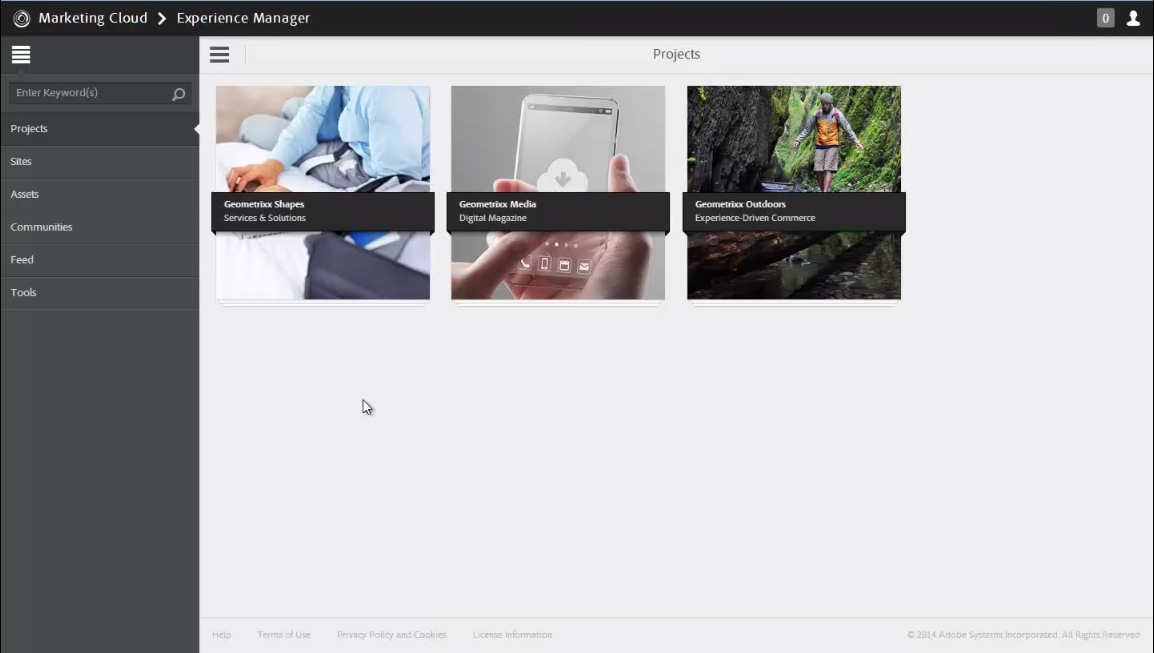
Adobe Experience Manager is a comprehensive Digital Marketing solution that allows you to create a powerful enterprise toolkit that includes web analytics, paid advertising management, or the ability to A/B test digital content. It is an open and extensible solution with features such as Customer Location Mapping, Customer Data Platform, Data Governance, etc.
Pricing: custom pricing
Rating: 3.8 out of 5

It provides you with heatmaps and visitors’ session recordings to visualize customer behavior and how people experience your website on desktop, tablet, and mobile. Through Google Analytics, you can identify users from the segment you want to learn more about and then use Contentsquare integration to watch their complete browsing sessions and investigate behavior patterns. It offers enterprise-level scalability along with data-rich visualizations.
Pricing: custom pricing
Rating: 4.5 out of 5
Develop your customer support team
Any investment you make in customer service can minimize customer attrition rates and improve the perception of your brand. If your customer service isn’t up to scratch, customers quickly lose trust in your company. If your team understands how much you value customer experience, it can give them the incentive they need to go the extra mile.
For instance, if a customer is having difficulty deploying a software product, he or she doesn’t just want to be told by a support representative that the terms don’t guarantee instant deployment. Creating a culture that values customer service is a top-down process. You will need to identify the training needs for every member of your support team, starting with managers. It is also important to schedule and track development through eLearning, group training, and coaching.
Closely monitor customer feedback
It is important to monitor social mentions and customer reviews. You need to be quick to respond when concerns are raised. Responding quickly and in-depth shows customers you care, and when they know this, they’re more likely to be loyal. One way to tell if you’re delivering a great customer experience is to ask. Live chat tools enable you to have real-time conversations, and Post-interaction surveys can provide immediate feedback.
Incorporate AI in your CX strategy
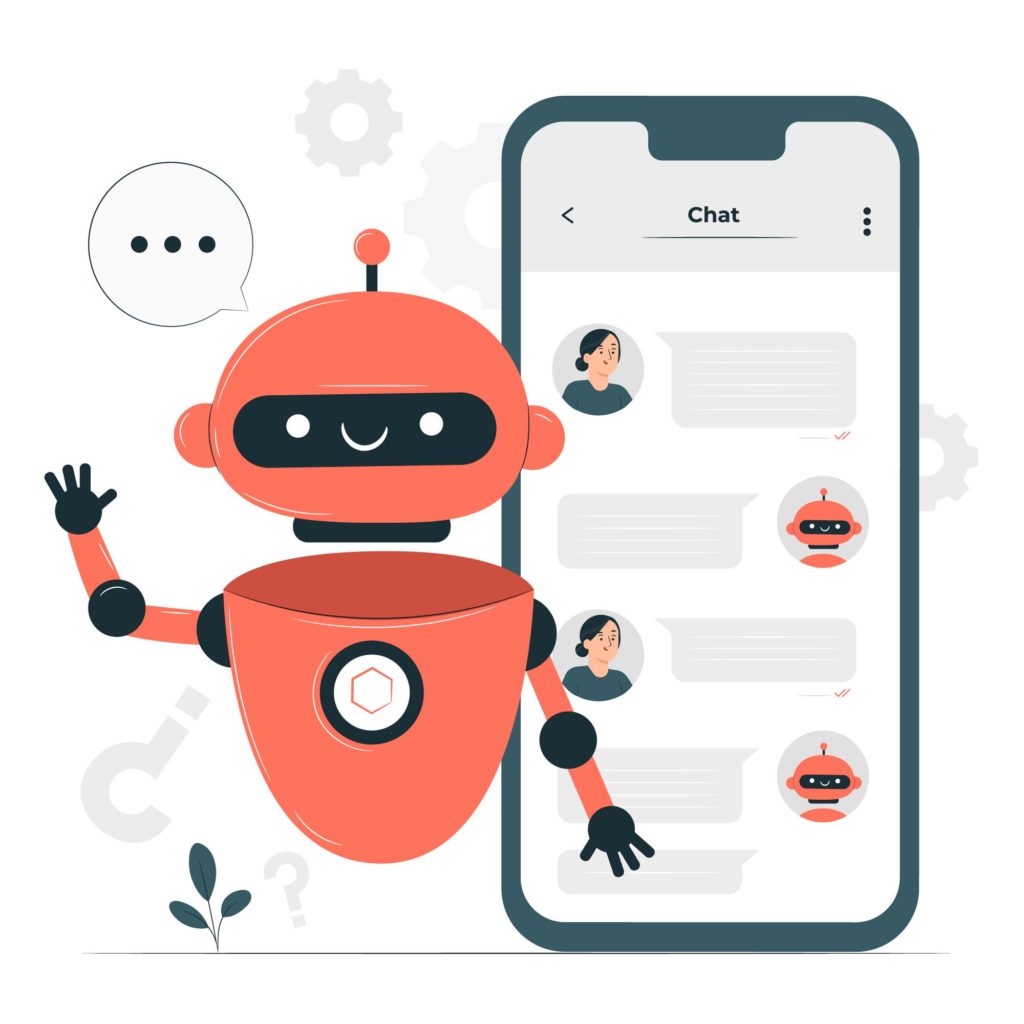
Your brand has to provide a seamless experience from beginning to end across all channels to truly stand out, and this can be an impossible task. Machine learning tools can discover patterns in customer behavior and offer highly personalized offers for individuals. CX management strategy may seem a step too far for your company right now, and it certainly won’t happen overnight. However, understanding your audience through machine learning is a first step towards shifting your focus from generalized marketing to offering a more personalized experience.
Understand your customers
Creating customer personas is an important step on the way to becoming truly customer-centric. Give each persona a name and personality. If you are going to understand customer needs and wants, you must see things from their perspective. For example, Amazon’s Prime Service developed out of understanding what its customers wanted. It decided to make its Prime shipping network because customers complained that shipping times were too long. It also introduced one-click ordering for Prime customers to make check-out super easy.
Give your customers choices
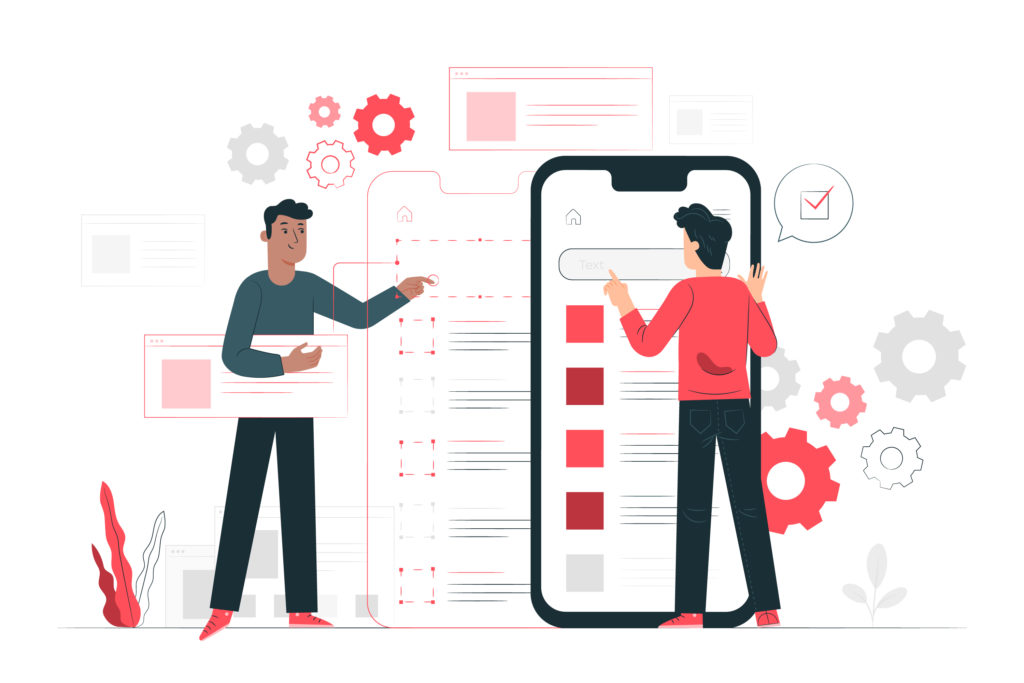
Giving your customers choices when it comes to payment methods is worth looking at, depending on your customer demographics. Credit cards, debit cards, cash, and PayPal are obvious choices. Customers value flexibility and being given choices. You can give them many choices, such as offering flexible pricing plans to suit different budgets. Customers also appreciate brand accessibility through a variety of channels and devices. Make sure that your website is mobile-responsive and develop an app if necessary, to make interaction easier.
Don’t sound like a machine when helping users
67% of customers are frustrated because they cannot talk to a real person. Act accordingly to the culture of your mobile users. Be a real person, and customers will appreciate your effort of “being a human being” in solving their problem. Empathize with users by writing in a more colloquial and easy-going manner. It helps to use the same words that your customers are using to achieve mutual understanding.
Deeply integrate your customer service software within your app
Nine out of ten consumers expect a consistent user experience. Customize your mobile help desk tool to match your app’s look and feel and achieve a seamless customer experience. Automatically collect information about your users and their devices when servicing problems or issues to avoid annoying, repetitive, and time-wasting questions. Utilize push and in-app notifications in replying to a user’s message.
Value employee ideas
Employees who are on the frontlines interacting with customers are in a unique position. They’re the rubber that meets the road when it comes to delivering on your brand promises, and they’re equally pivotal when it comes to perceiving and communicating customer expectations, moods, and perceptions. When that crucial connection suffers, so does your understanding of your customers and their perception of you. Employees who feel valued are more engaged at work and more willing to help customers.
Embrace an omnichannel mindset
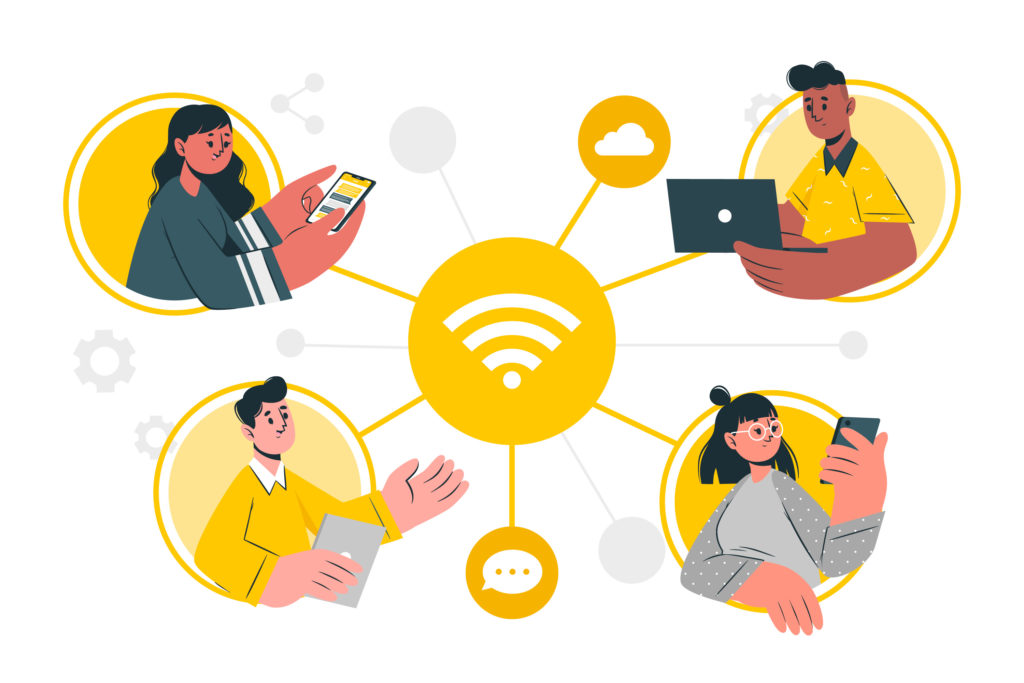
Gone are the days of sitting down at a desktop computer to connect with a brand. With more than 50% of web traffic coming from mobile devices, multi-device digital journeys are now the standard. But it’s not just about maintaining a consistent journey across different devices.
Today’s CX leaders understand that customers use a range of offline and online channels to connect with brands, often switching multiple times. Every part of the journey – however meandering and unpredictable – needs to be seamlessly joined up and consistent. Embracing omnichannel is one of the most important shifts you’ll make in your business thinking, and it goes hand in hand with prioritizing CX.
Use customer journey mapping
Customer journey mapping visually illustrates customers’ processes, needs, and perceptions throughout their interaction and relationship with your brand. By cross-referencing journey maps with core metrics, you can better understand your CX and where there are issues and opportunities. You can use journey maps to improve customer experience now, envision your future customer experience, or drive organizational change.
Improve your customer service

Customer service is the backbone of a great customer experience and can be a powerful differentiator in the eyes of your customers. People don’t just buy from you because your product meets their needs – they buy because they feel confident they’ll get support when they need it. The data show that time, and again, customers who experience great service buy more and stay loyal to brands for longer.
For instance, American Express found that customers were willing to pay 17% more with a business that offered great customer service.
Delivering great customer service relies on a few different things. Your employees need to be hired, trained, coached, and supported to grow customer service skills and behaviors.
Empower your employees
There’s an important connection between empowered employees and happy customers. Think about it – you’ve been speaking to a customer service agent for 10 minutes, and you ask for a discount. The agent wants to resolve your issue, but they need to approve it with their manager. You’re already tired and just want to be finished with the conversation. It would be much easier if the agent could use their judgment, approve the discount or take other appropriate action and solve your issue on the spot.
Include open-text feedback in surveys
Customer experiences are especially powerful when they are expressed in a customer’s own words. By hearing directly from customers, for example, through open-text responses on surveys, you can understand the thoughts and sentiments behind their actions and make more informed CX decisions as a result. But although in an ideal world you’d have a 1:1 conversation with every customer, asking everyone what they think of your brand and listening to their answers would simply take forever.
Until recently, businesses have been limited in how much natural language feedback they can process and use. Fortunately, technology has provided a way to take open-text feedback from customer surveys and analyze it at scale so that you can massively increase your capacity to listen.
Customer is king, and they deserve to be treated like one. Therefore, it’s crucial to learn their experience with your brand and products or services. Your customer service software is key to your support team’s day-to-day operations. So finding the right mix of tools is a big deal. Use customer experience software like the ones we mentioned above to increase customer satisfaction, reduce churn, boost engagement, and enhance your brand reputation.
, October 21, 2021, Team LimeCall

Top rated callback automation platform that connects your website visitors to your team within 20 seconds through phone callback and whatsapp driving upto 40% more conversions.
Learn more